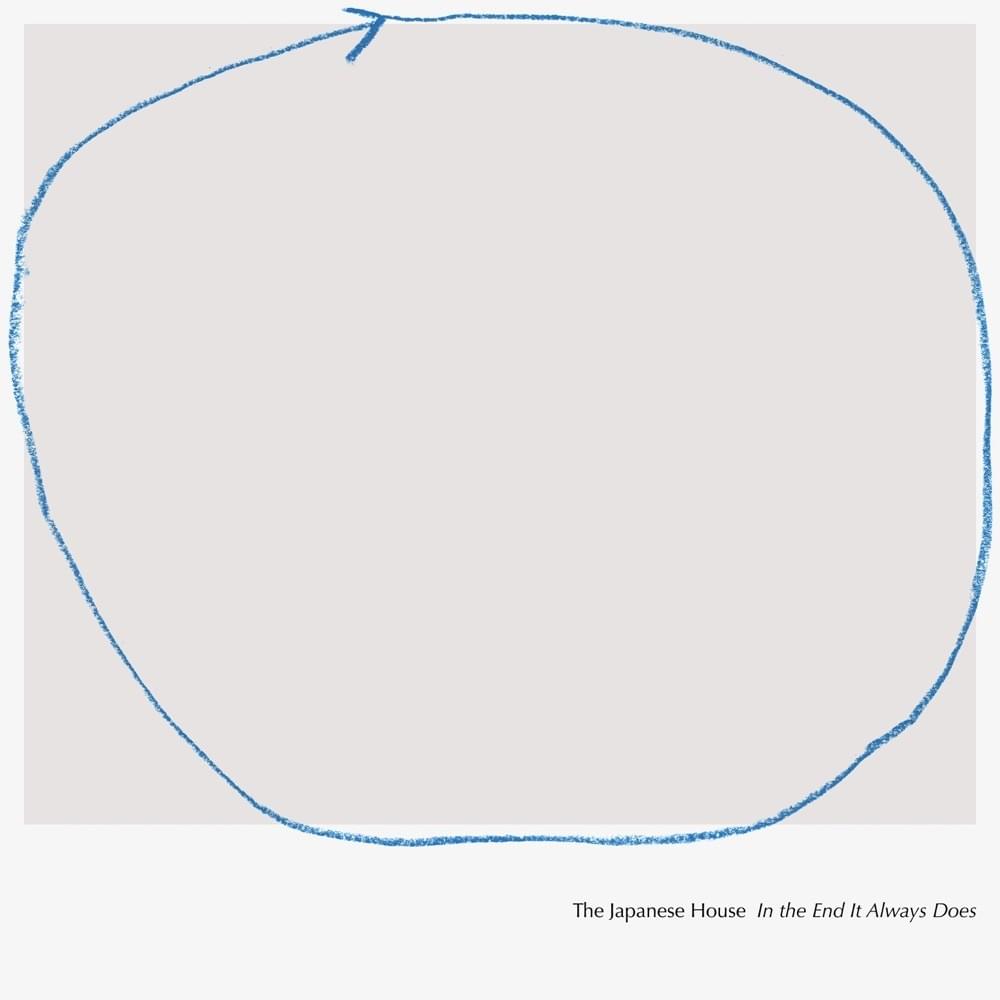Radio is awesome, isn’t it? It’s free, it’s on whenever you want it, and you can choose from among eight or 10 stations. About the only people who could possibly complain about it, in fact, are people who have to listen to it.
They’ll tell you that the music you hear on the radio is mostly the same cloying pop junk, played over and over. That 20 minutes of every hour is ads, played over and over. And that as you drive, the signal comes and goes with the territory.
Two years ago, two companies – XM and Sirius – came up with the same solution: pay radio. Each went to the trouble of blasting private satellites into orbit. Each beams 100 channels of clean, static-proof digital sound down to XM and Sirius receivers in the cars and home stereos of monthly subscribers.
So why would people pay for radio, when they have a free alternative?
Because satellite radio is fantastic – a cultural source unlike any other. It’s so addictive, the Sirius manual actually refers to its customers as “users.”
Because the 100 channels are largely free of commercials, their program directors don’t have to appeal to all the mainstream, all the time. Satellite radio offers specialized full-time channels for pop, rock, hip-hop, dance and country (dozens), classical (several), comedy recordings, sports, advice and news, old-time radio dramas, audio books, Spanish-language programming, religious talk, children, and on and on.
Because all of this is beamed from satellites, you can drive across the country without ever hearing a certain station fade away. Digital radio is also, by definition, static-free; either you get the signal at full blast, or you don’t hear it at all. (That can happen when you go through a long tunnel – the receivers have only a five-second memory buffer – and occasionally when you pass through concrete urban canyons.)
As a final benefit, the receiver’s screen always identifies the current song or program, performer and album name – or the first portion, anyway. (“Red Hot Chili Pe,” anyone?)
The result is a strange, intriguing hybrid sound source. Thanks to the lack of ads and interruptions, satellite radio resembles a CD or an iPod – yet it has a limitless playlist. Because you can find forgotten gems, experimental music and eclectic programming, it resembles a college radio station – yet you never lose the signal as you drive.
All of this was true, of course, when satellite radio first appeared two years ago. Today, satellite radio is even better.
First, buying a receiver was a risky proposition in 2001. You were investing in a dedicated machine that, if satellite radio bombed, would spend eternity in the same box that holds your eight-track tapes.
But XM now has over a million subscribers; Sirius has 200,000. Both are rapidly gaining in popularity, and both have vast corporate financing. With every passing month, their long-term viability (especially XM’s) looks more secure.
The second recent development is the proliferation of receivers. What were once expensive, jury-rigged affairs are now relatively inexpensive and nicely suited to their tasks. You can get receivers in several ways:
PREINSTALLED IN YOUR CAR About 80 new car models (G.M., Honda, Audi, Nissan, and many others) offer preinstalled dashboard XM satellite receivers; 48 models (Daimler-Chrysler, BMW, Ford, and others) offer Sirius. If you ever drop your satellite subscription, they still receive AM and FM. (So that my research would be complete, in fact, XM actually delivered a 2004 Accord Acura TL to my driveway for three days of testing. I work at home, but man, this thing almost made a commuter out of me.)
DEALER-INSTALLED IN YOUR CAR Delphi, Alpine, Panasonic and other companies offer dealer-installed receivers, ranging from a $100 Sony with a cassette deck to a $1,700 Kenwood Sirius unit with a DVD player and seven-inch screen. (You also have to buy a matching tuner.)
SELF-INSTALLED IN THE CAR With a little sweat, you can install the Delphi Roady XM receiver ($120) yourself. A tiny magnetic antenna grips your car roof, power comes from the cigarette lighter, and a fake cassette goes into your existing tape player.
DUAL-PURPOSE HOME/CAR SYSTEMS The latest receiver is a calculator-size module that you can carry back and forth between your dashboard and home stereo. XM offers the XM Delphi SkyFi receiver ($130), which slips into $70 adapters for the car and stereo system. The SkyFi can also serve as the brain for XM’s terrific $100 boombox – the only way to carry satellite radio around with you. For Sirius, there’s the Audiovox SIR-PNP2 ($100), which fits a $30 car bracket or a $50 stereo-system adapter.
ATTACHED TO THE PC For $50 you can buy an XM receiver that attaches to a Windows PC, and use on-screen software as the “control panel.”
If you like the sound of all this, your next step is choosing between XM and Sirius. There are some small but important differences.
First, there’s the monthly fee – which, considering the existing torrent of monthly fees (cable TV, Internet, cellphone, TiVo, and so on), is the one serious downside to the whole satellite radio business. It’s surely no accident that XM, with its $10 monthly fee, has five times as many subscribers as Sirius, which charges $13.
As noted above, XM also offers far more receiver options.
Both companies charge $7 monthly per additional receiver, and both offer discounts if you pay in advance. But only Sirius lets you avoid the monthly fee forever by paying a one-time, lifetime-of-the-receiver $400. (The price goes up to $500 on Jan. 1). Consider it a bet that the company will still be around in the 31 months it will take you to break even at that rate.
Sirius justifies the higher price by pointing out that there’s not a single ad on any of its music stations. On XM, by contrast, 35 music channels are ad-free, and 35 play an average of two minutes of ads per hour. (Both companies have ads on their talk stations.)
There are slight programming differences, too; XM is 70 music channels, 30 talk; Sirius, with a 60-40 split, is a better bet for talk-show and sports fans. (Visit www.xmradio
.com and www.sirius.com to view the actual channel lists.) Sirius also announced an agreement with the National Football League this week under which it will carry all regular-season games, and certain postseason games, beginning next year.
Sirius offers both left- and right-wing talk channels. XM offers a channel called XM Unsigned, featuring nothing but new bands that, by definition, have yet to be discovered by anyone else. At the moment, several channels at each company are broadcasting nonstop holiday music.
(One of them is XM’s jaw-droppingly bizarre Special X station, which usually plays weird, obscure and funny songs, from cartoon themes to hillybilly yodeling. This time of year, it has played the bogus Christmas carols from the animated “Grinch” special, a recording of the Christmas song by Alvin and the Chipmunks not sung in chipmunk voices, and a hilariously re-edited old recording of “The Christmas Song” that now goes: “Jack Frost roasting on an open fire/Chestnuts nipping at your nose.”)
Incidentally, satellite radio may be flying high, but a few notes of restraint are in order. First, the sound quality is better than FM, but not as clean or rich as a CD’s. (Some of the Sirius talk stations, in particular, sound “compressed,” like a low-quality MP3 file.) Second, the radio’s antenna must generally be able to “see” the sky. To use a home stereo receiver or XM’s boombox, most people have to thread the antenna box’s 20-foot cable over to a window, which isn’t always convenient or attractive. (The exception: in major cities, the companies have installed ground-based “repeaters” that obviate the need for the antenna to see the sky.)
Finally, remember what happened to cable TV, which also started out as a fee-based reaction to the commercials and unimaginative programming of the networks. Over the years, most cable channels began carrying just as many commercials as network TV did.
Neither satellite radio company promises to freeze its current prices or percentage of ads. XM, in fact, already offers the first premium premium channel – a Playboy channel for an additional $3 monthly, the first step toward a future filled with tiered, ever more expensive packages.
Even so, you’d have to be a sonic Scrooge to dismiss the technical and creative achievement of satellite radio. Prospects for the broadcasters’ long-term health continue to improve, and radios’ prices have come down from the stratosphere; the self-installable XM Roady car kit ($120) and the XM boombox (with the SkyFi “brain,” $200 total after rebate) are particularly good bets. In short, satellite radio is ready for prime time – and, by the way, makes a Siriusly nice XMas gift.





























